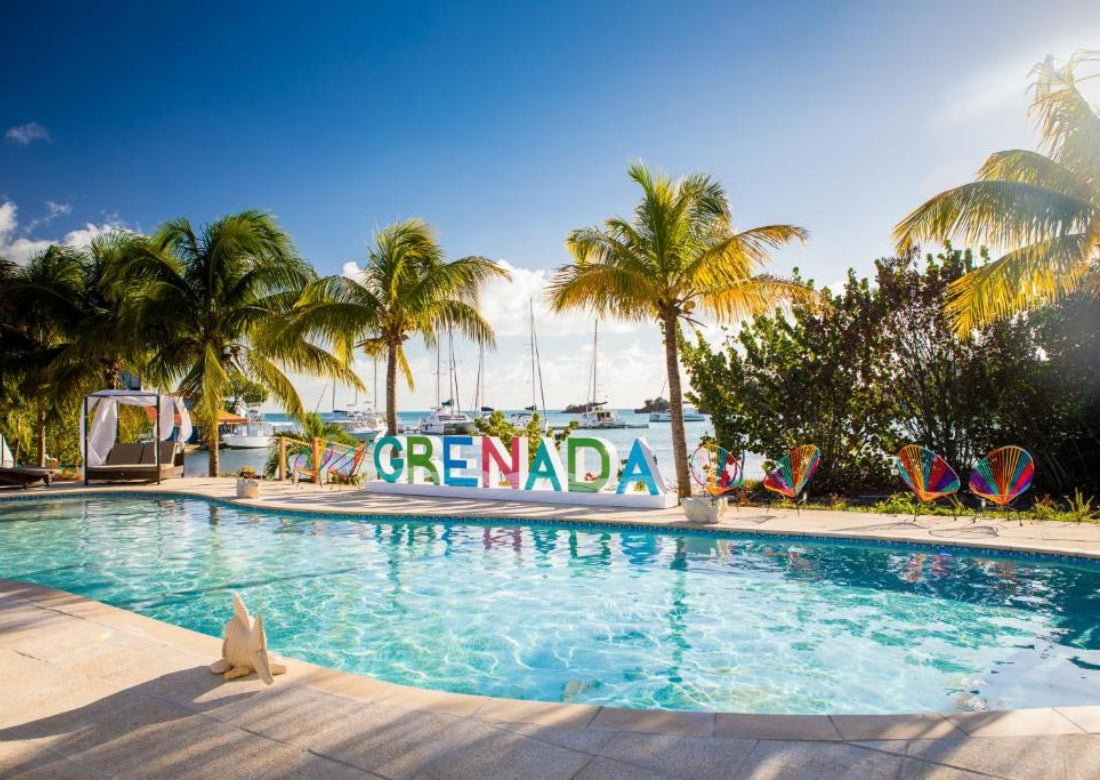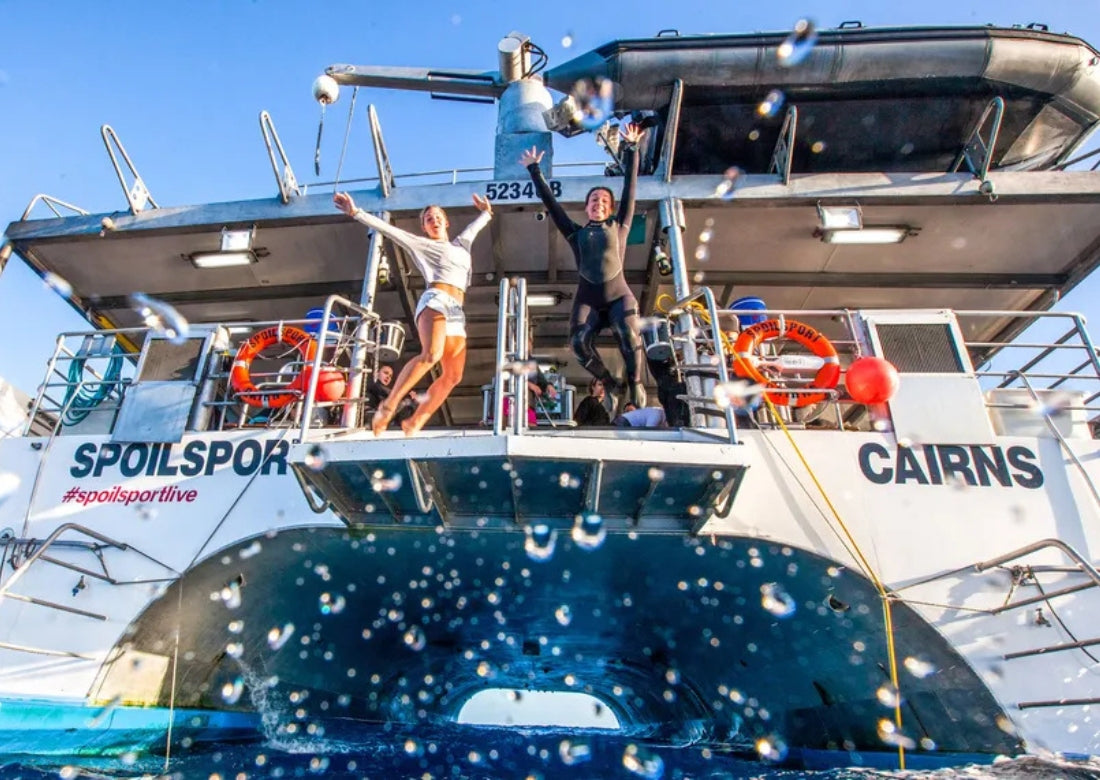Diving in Costa Rica

Costa Rica is a true nature lovers paradise. Bordered by the Pacific Ocean and the Caribbean Sea in the heart of Central America, Costa Rica is a prime ecotourism destination that boasts some of the world’s most biologically diverse habitats. The country’s rainforests, mountain paramos, cloud forests, savannah, dry forests, ancient cave systems, and river gorges give refuge to more than 500,000 animal species.
The nation’s mesmerizing biodiversity does not end at its coastline, though. The aquatic world beneath the waters of Costa Rica is home to sharks, whales, rays, sea turtles and a fantastic array of colorful fish.
Where to Dive
There are three main diving areas in Costa Rica - the Pacific, the Caribbean and the Cocos Island.

Pacific Side
The Pacific coast of Costa Rica is where the country’s most famous and beloved dive sites are located. Offshore islands defined by their underwater pinnacles, such as the Bat and Catalina Islands in Guanacaste and Cano Island in Drake Bay, offer up enticing marine life encounters.
The Pacific side of Costa Rica is often called the tropical rainforest of the ocean. Descend 60 feet (18 meters) and you may marvel at a giant Pacific manta, a huge school of spotted eagle rays, nurse sharks, whitetip reef sharks, bull sharks, sea turtles, massive schools of jacks, regal queen angelfish, lurking moray eels, secretive octopi, and dancing schools of squid. Continue to the lava formations and become transfixed on delicate seahorses, tiny blennies popping in and out of their holes, and lace-like fiddler crabs making their way across purple starfish.
Another benefit of traveling to the Pacific coast of Costa Rica is that it has the right depth and conditions for all levels of divers, with some calm areas and some known to have a bit of current. Coral Gardens near the Cano Island, for example, is a good site for novice divers. The depths there range from 15 to 40 feet (4.5-12 meters) with easy conditions and a nice array of colorful tropical fish, nurse sharks, and turtles. The Bat Island, on the other hand, is for experienced divers only, as strong currents and deep water drop-offs exist in this location. One of the Bat Islands' sites is known as "The Big Scare" because of a large number of shark species that congregate in the area.
Caribbean Side
The Caribbean coast of Costa Rica may not tout the diving prowess of the Pacific side, but it is still a great location to visit thanks to its vibrant reefs teeming with marine life. The eastern section of Costa Rica is home to the country's only coral reef, which lies off the coast of the Cahuita National Park. Despite being seriously damaged by an earthquake in 1991, the reef is home to over 123 species of fish, 140 species of mollusk, and 35 species of coral. The protected nature of the reefs makes this region great for beginners. Unfortunately, the area has not been properly developed yet, and the facilities for scuba diving are not quite as good. However, you can still find a few scuba outfitters in the nearby town of Puerto Viejo.
Cocos Island
Cocos Island is located 300 miles (550 kilometers) off the coast of Costa Rica mainland. It is a UNESCO World Heritage Site and one of the top diving destinations on the planet, perhaps the best in Costa Rica. The area possesses a rich undersea diversity and supports more than 25 endemic fish species, including the red-lipped batfish. Pelagic species such as marlin, sailfish, and sharks are drawn to the area to feed and mate. Whales also use the Cocos Island seamount as a place to congregate and calve.
The island is uninhabited except for a few Park Rangers. There are no airports or accommodations for visitors, and reaching the Cocos Island from Costa Rica requires a lengthy boat trip, so your best bet to see this stunning area is a liveaboard dive vessel, which you can board from the port city of Puntarenas in Costa Rica. Liveaboard trips usually last for at least 8 to 10 days and it takes up to 36 hours to reach Cocos Island from Puntarenas.
Because of its heavy currents and surges, Cocos Island is recommended for advanced divers only. The dive sites consist of boulders, pinnacles, and seamounts which rise up from the deep.
There is also an opportunity at Cocos Island to go beyond recreational diver limits and become an aquanaut. If available, you can get on the DeepSee Submersible which will take you down to as deep as 1,000 feet (305 meters), often to explore a mammoth seamount called Everest.
When to Go
Diving seasons in Costa Rica can be split into the rainy season (May to November) and the dry season (December to April). Each season brings its own advantages.
The rainy season (May to November) is the best time to go if you’re an advanced diver who likes pelagic action. During these months, nutrient swells attract Bull Sharks to the Bat Islands and Hammerhead Sharks to Cocos Island. As an added benefit, fewer tourists arrive during rainy season, so the shops are not as crowded and accommodations offer lower prices. On the downside though, visitors can expect one to two hours of rainfall in the mid-afternoon during these months.
December to April is dry season in Costa Rica. During these months, very little rain falls throughout the Pacific coast, so the tourists can split their time between sunbathing on the beach and diving into the underwater world.
Dry season is considered more suitable for beginner divers who prefer easy, colorful diving. At this time, most of the pelagic species leave Costa Rica’s coast and are replaced by a variety of fish and macro species. The seas are also calmer and visibility can reach 100 feet (30 meters).
As for the Caribbean coast of Costa Rica, diving is best from August to December when you’ll find little wind and calm seas.
Seasonal air temperature averages vary widely and with altitude, but in general, along the coasts, it’s 27°C/82°F in winter and 33°C/92°F in summer.

Water temperature ranges from 26-29ºC/78-84ºF. From December through March, cooler currents bring water temperatures as low as 19ºC/68ºF.
Activities for Non-Divers
Costa Rica's strikingly diverse terrain - lush forests, wildlife reserves, and tropical beaches - offers a little something for every traveler.
Visit the country’s volcanic ranges, surrounded with verdant rainforests and enjoy the soothing hot spring experience. Go on a canopy tour to get a bird’s-eye view of the forest. Explore the vibrant colonial cities of Heredia, Alajuela, and Cartago to photograph the pastel lined streets. Take a rafting trip down the Pacuare River, or simply relax on Papagayo’s white sand beaches, watching the kids stand-up paddleboard, or kayaking among the mangrove jungles of Tortuguero. There is no end to the experiences!
Preparing for the Trip
Here are a few basic things you need to know when going on a diving vacation to Costa Rica:
- Getting there. There are two international airports in Costa Rica - Juan Santamaría International Airport in Alajuela near San Jose and Daniel Oduber International Airport in Guanacaste. Most international flights arrive at the capital city of San Jose. From San Jose, you can reach either coast by bus or private transfer. Offshore islands require travel by liveaboard.
- Electricity. In Costa Rica, the standard voltage is 120 V and the standard frequency is 60 Hz. The power sockets are of type A and B.
- Telephone. To reach Costa Rica, you'll need to dial 011-506, followed by the local eight-digit number.
- Currency. Costa Rica’s national currency is known as the colon (plural: colones) (CRC), but dollars are widely accepted in tourist areas and other places around the country. You can also use credit cards at most resorts, restaurants and dive shops.
- Emergency matters. There is only one recompression chamber in Costa Rica up to date. It is located in Hospital La Catolica at the center of the country's capital city of San Jose.
- Useful resources. Health and Safety Information, Tourism Board.
Traveled to Costa Rica before? Share your experiences in the comments below.





Costa Rica is truly a diver’s paradise with its rich biodiversity and diverse diving locations. The Pacific coast, home to renowned sites like the Bat and Catalina Islands, offers spectacular marine encounters ranging from giant Pacific mantas to bull sharks. On the Caribbean side, despite its less developed infrastructure, vibrant reefs near Cahuita National Park host a variety of fish and coral species.